
The most correct way to give first aid for stroke at home

Stroke is one of the leading causes of death and severe long-term disability if not treated promptly. Early recognition of the signs and proper first aid can be the deciding factor in saving the patient's life.
How Dangerous Is Stroke?
A stroke occurs when the blood supply to the brain is interrupted, leading to a lack of oxygen and nutrients for brain cells. There are two main types of stroke: ischemic stroke (usually caused by a blood clot blocking a blood vessel) and hemorrhagic stroke (caused by a blood vessel rupturing and bleeding into the brain).
In some cases, patients may experience a transient ischemic attack (TIA)—a mild stroke with temporary symptoms that usually disappear within a few minutes to 24 hours. However, TIA is a warning sign of the potential for a more serious stroke in the near future.
If not treated immediately, a stroke can lead to death or result in severe long-term consequences such as paralysis on one side of the body, speech disorders, memory loss, or a vegetative state. According to statistics, 90% of stroke survivors suffer severe consequences that significantly affect their quality of life and ability to work.
How to Recognize a Stroke
A stroke can happen suddenly while the person is going about their normal activities. The typical symptoms include:
-
Paralysis or weakness on one side of the body
-
Facial drooping, slurred speech, or difficulty speaking
-
Loss of balance, dizziness
-
Severe headache, sudden onset
-
Loss of spatial awareness or orientation
-
Difficulty swallowing, altered consciousness
A simple and effective way to detect the signs of a stroke is to use the FAST rule:
-
F – Face: Check if the face is drooping, particularly around the mouth or eyes.
-
A – Arms: Ask the person to raise both arms. See if one arm drifts downward.
-
S – Speech: Check if the person has slurred speech or difficulty speaking.
-
T – Time: If any of these signs appear, call emergency services immediately.
Even if the symptoms last only a few minutes, the person should be taken to the hospital urgently, as this could be a TIA—an indication that a serious stroke might occur soon.
First Aid for Stroke at Home
When you suspect someone may be having a stroke, it’s crucial to stay calm and follow these steps:
Step 1: Call for Emergency Help Immediately
Contact emergency services (115 or the local emergency number) and provide clear information about the patient's condition.
Step 2: Position the Patient Safely
Place the person on their side with their head slightly elevated. This position helps prevent choking if they vomit.
Loosen clothing, remove accessories like ties or scarves to help the person breathe easier.
If the patient is a child, place them on their left side to prevent suffocation.
Step 3: Check Breathing and Circulation
If the person stops breathing, perform artificial respiration or chest compressions if the heart stops.
Use a clean cloth or protected hands to remove any mucus or saliva from the patient's mouth if necessary.
Remove dentures to avoid choking.
Step 4: Keep the Patient Warm and Calm
Cover the patient with a blanket to keep them warm while waiting for emergency services.
Avoid moving the person unless necessary or if there is an immediate threat to their life.
Step 5: Note the Symptoms and Time of Onset
Record the time when symptoms first appeared.
Provide information about whether the person had a fall, head injury, or any medical history to the healthcare professionals.
Mistakes to Avoid When Performing Stroke First Aid
Improper first aid can worsen the patient’s condition. Avoid these common mistakes:
-
Do not let the patient lie on their back as it could block their airway if they vomit or cause their tongue to fall back when unconscious.
-
Do not give the patient food, water, or medication as this could cause choking if they are unable to swallow properly.
-
Do not prick the fingers or toes with a needle; this is not a medically recognized treatment and could cause harm.
-
Do not try traditional remedies like cupping, as it wastes valuable time for emergency treatment.
-
Do not hesitate; take the patient to a medical facility as quickly as possible.
Important Note
Time is crucial in treating a stroke. The "golden hour" within the first 3-6 hours can determine the patient’s survival and recovery. Therefore, when a stroke is suspected, performing proper first aid and calling for emergency help immediately are the most important steps to protect the life and health of your loved ones.
News in the same category

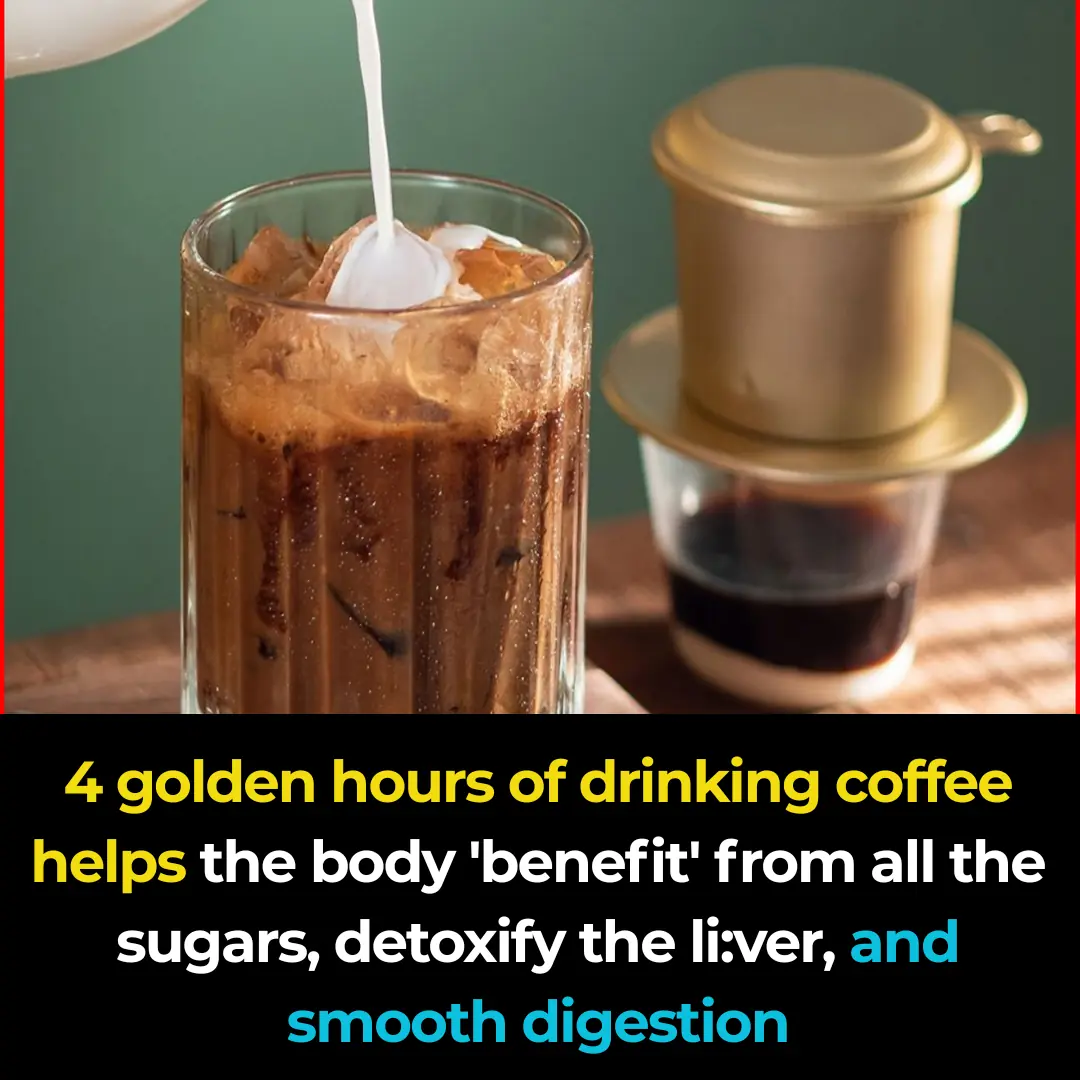
The golden 4-hour window for drinking coffee helps your body gain maximum benefits: detoxifying the li:ver and promoting smooth digestion.
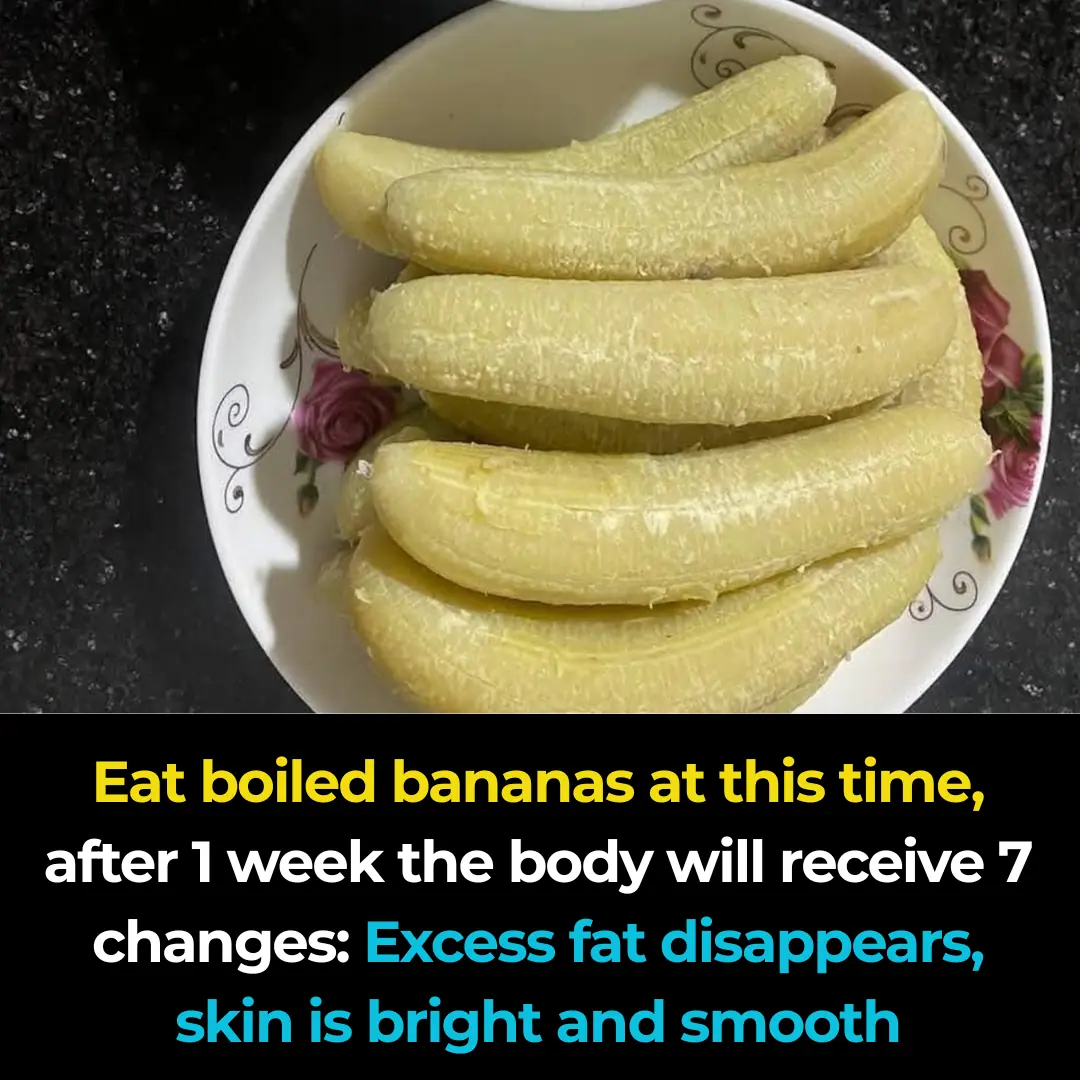
Eating boiled bananas at this time, after just 1 week, your body will experience 7 changes

Doctors warn of 3 beauty habits that no one realizes can cause cancer so quickly!

Water flowing from the air conditioner: Thought to be useless, turns out to have many unexpected uses
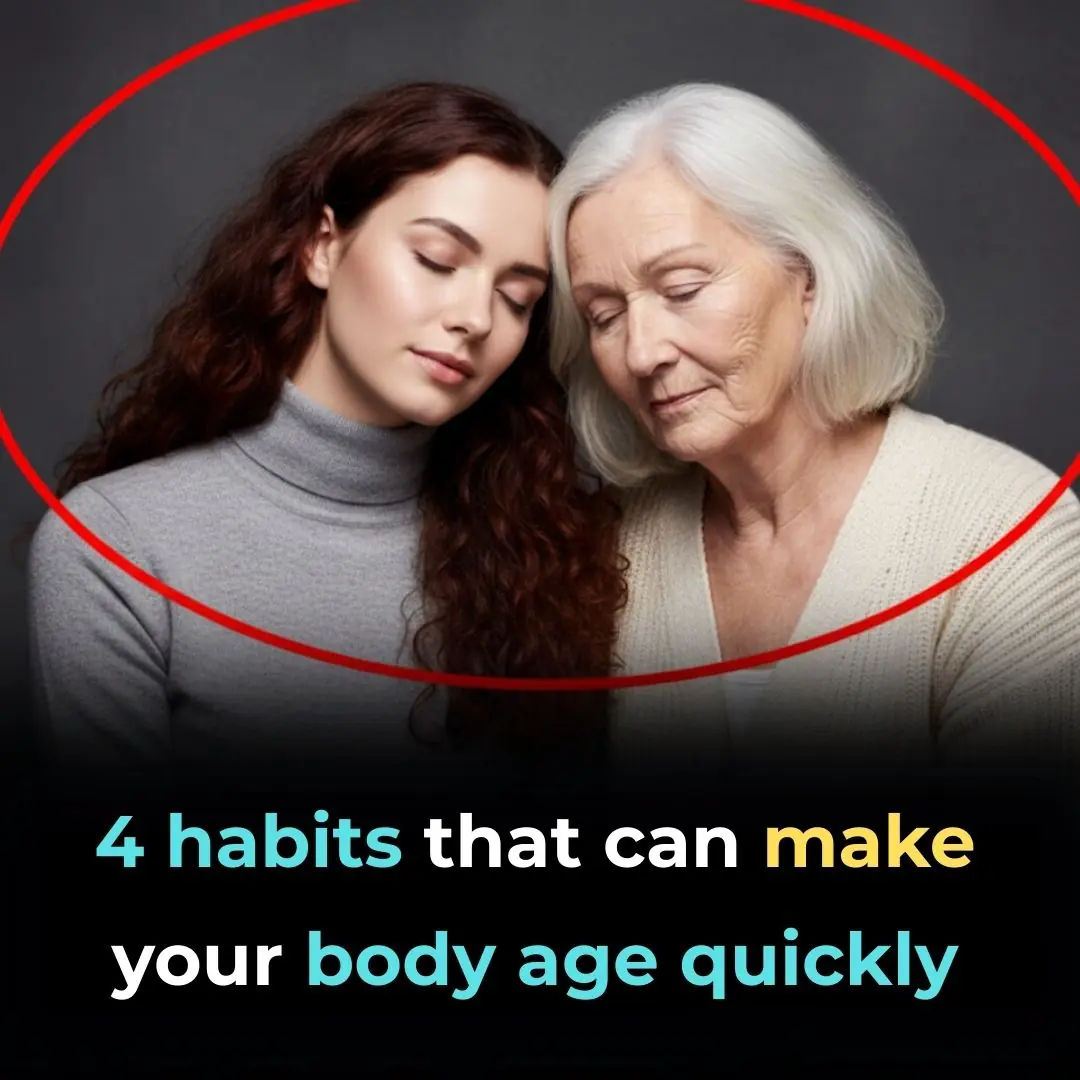
4 habits that can make your body age quickly

Take this stuff and stick it in a lemon and leave it in the corner of the house. The mosquitoes will never come back.
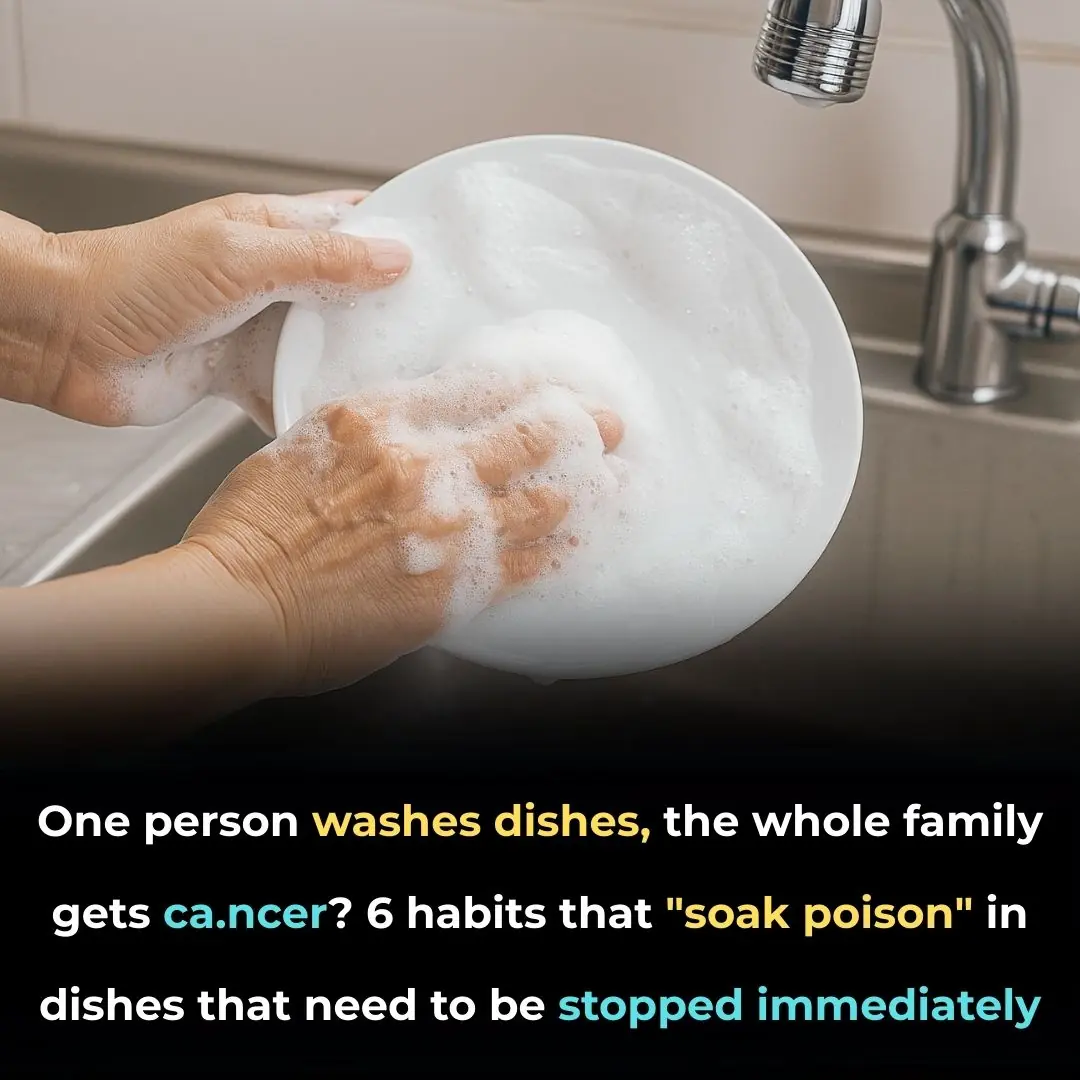
One person washes dishes, the whole family gets cancer? 6 habits that "soak poison" in dishes that need to be stopped immediately

Mattresses used for a long time are dirty and smelly, sprinkle this on the surface, no need to wash with water, it will be clean as new

5 types of water good for your kidneys: Especially the first type, it costs nothing and the more you drink, the longer you live

3 mistakes when using plastic wrap

Too many geckos in the house, here’s a little trick to make them ‘go away and never come back’

Why Does the Air Conditioner Smell at 26°C but Not at 25°C? The Surprising Cause

Why You Shouldn't Place Your Bed with the Head Facing West: Feng Shui Insights

The Biggest Mistake Everyone Makes With an Air Fryer – And How to Avoid It
By steering clear of these common errors and sticking to simple safety practices, you can enjoy meals that taste better while also having peace of mind, confident that your appliance will operate safely and efficiently for years ahead.

Cut a Lemon and Leave It in Your Bedroom Overnight – What Happens Will Surprise You
This simple lemon hack may seem minor, but it can create a significant impact.
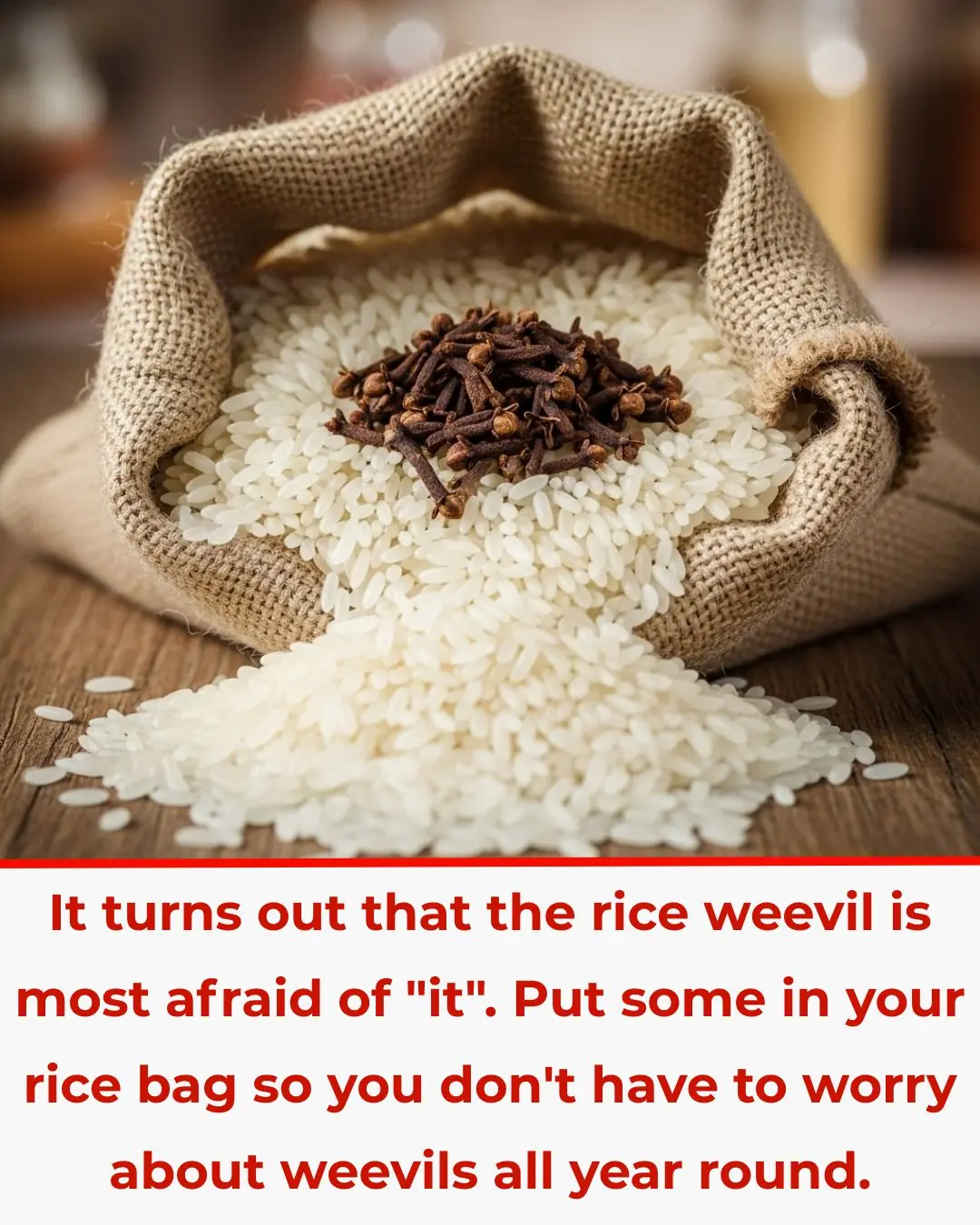
It turns out that the rice weevil is most afraid of "it". Put some in your rice bag so you don't have to worry about weevils all year round
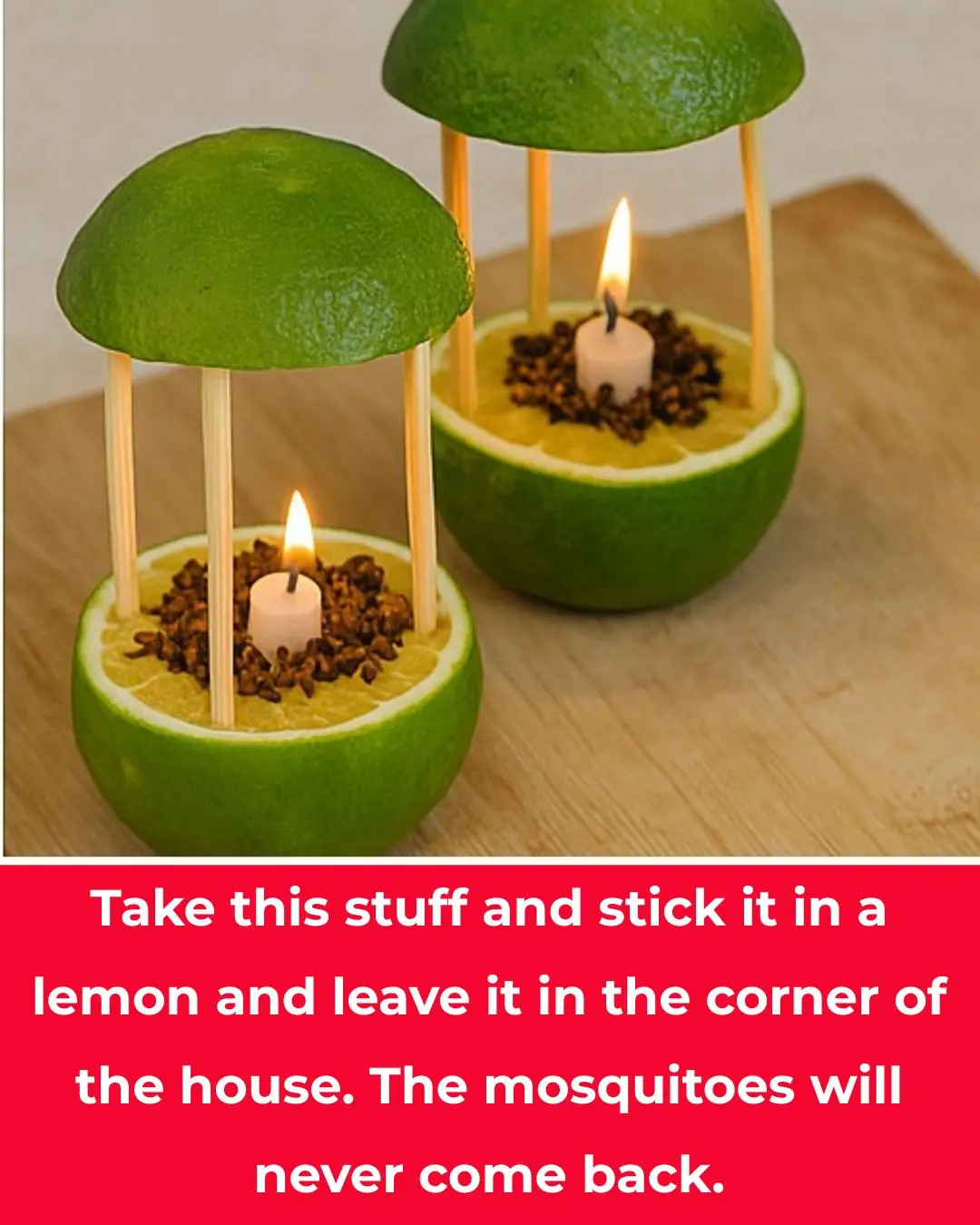
Take this stuff and stick it in a lemon and leave it in the corner of the house. The mosquitoes will never come back.
News Post
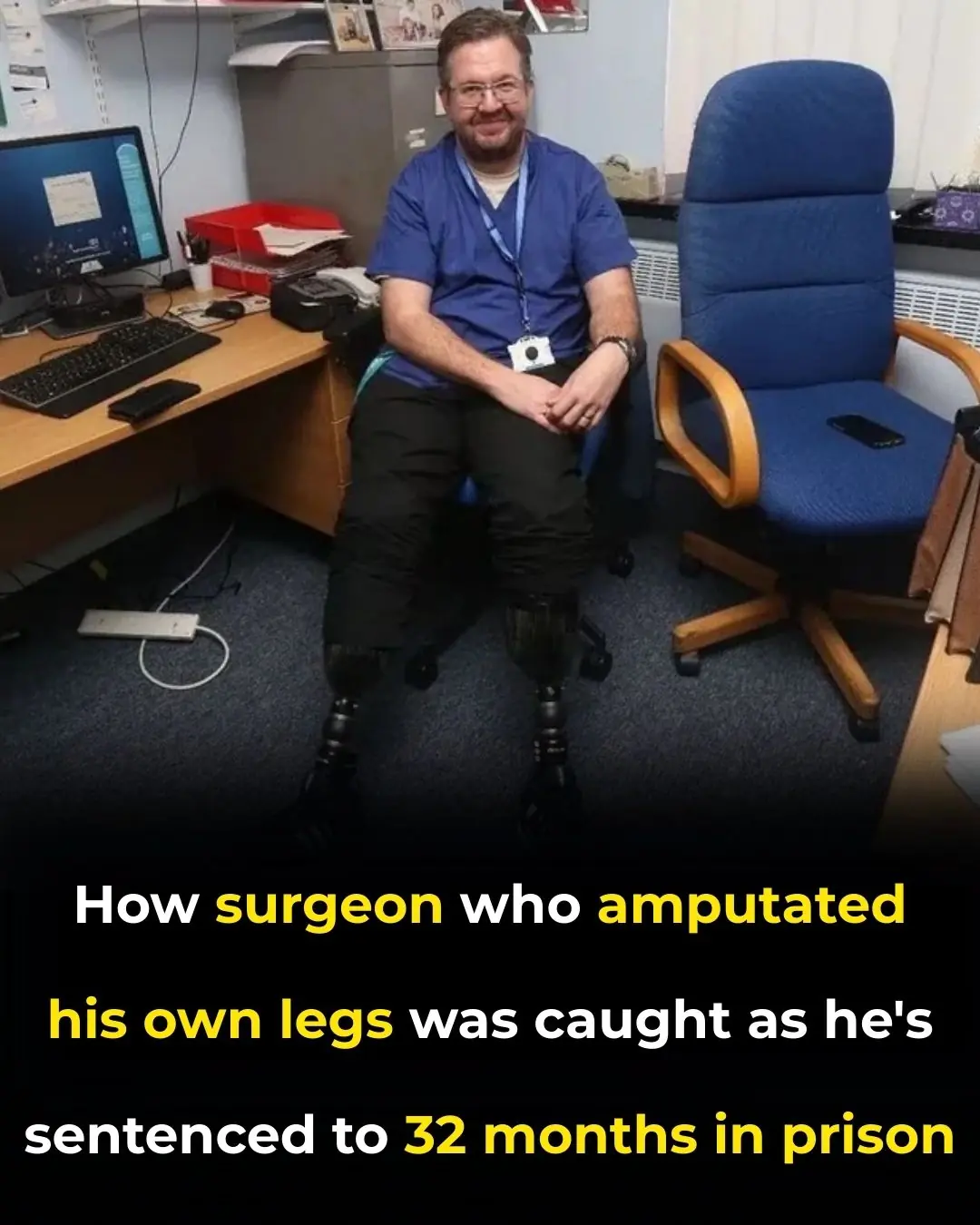
How surgeon who amputated his own legs was caught as he's sentenced to 32 months in prison

PlayStation handing out rare refunds to gamers over popular new game

🌿 17 Health Conditions That May Benefit from Guava Leaf Tea + Easy Homemade Recipe

If your non-stick pan has lost its coating, don't rush to throw it away: Just do this, and you can fry and cook without it sticking or falling apart.

The golden 4-hour window for drinking coffee helps your body gain maximum benefits: detoxifying the li:ver and promoting smooth digestion.

Eating boiled bananas at this time, after just 1 week, your body will experience 7 changes

Add potato to coffee to get rid of wrinkles in just 1 week

Homemade Rice water & Methi Dana Toner for Glowing Skin

The DIY anti-ageing cream that is very effective to get rid of wrinkles and fine lines on your face

Herbal Remedies for Strong, Lush Hair: Easy Recipe Everyone Can Make At Home

Flaxseed Gel for Wrinkles: The Natural DIY Solution for Smoother, Youthful Skin

10 Tomato Slice Skincare Remedies for Wrinkles, Pores, and Glowing Skin: Natural DIY Treatments
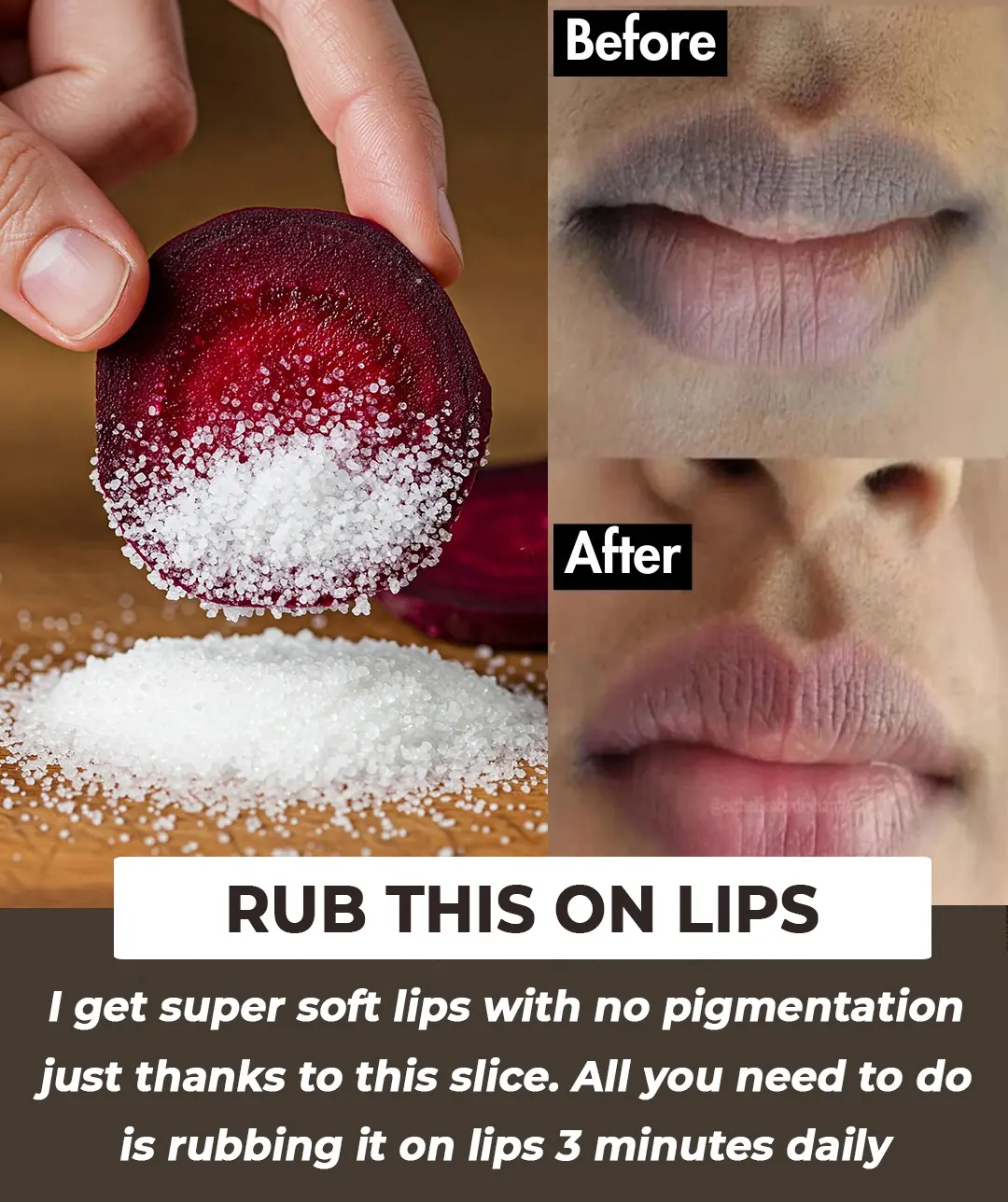
Super Effective DIYs to Achieve Soft, Pink, and Perfect Lips

A Scientific Look at Oregano’s Role in Supporting Wellness
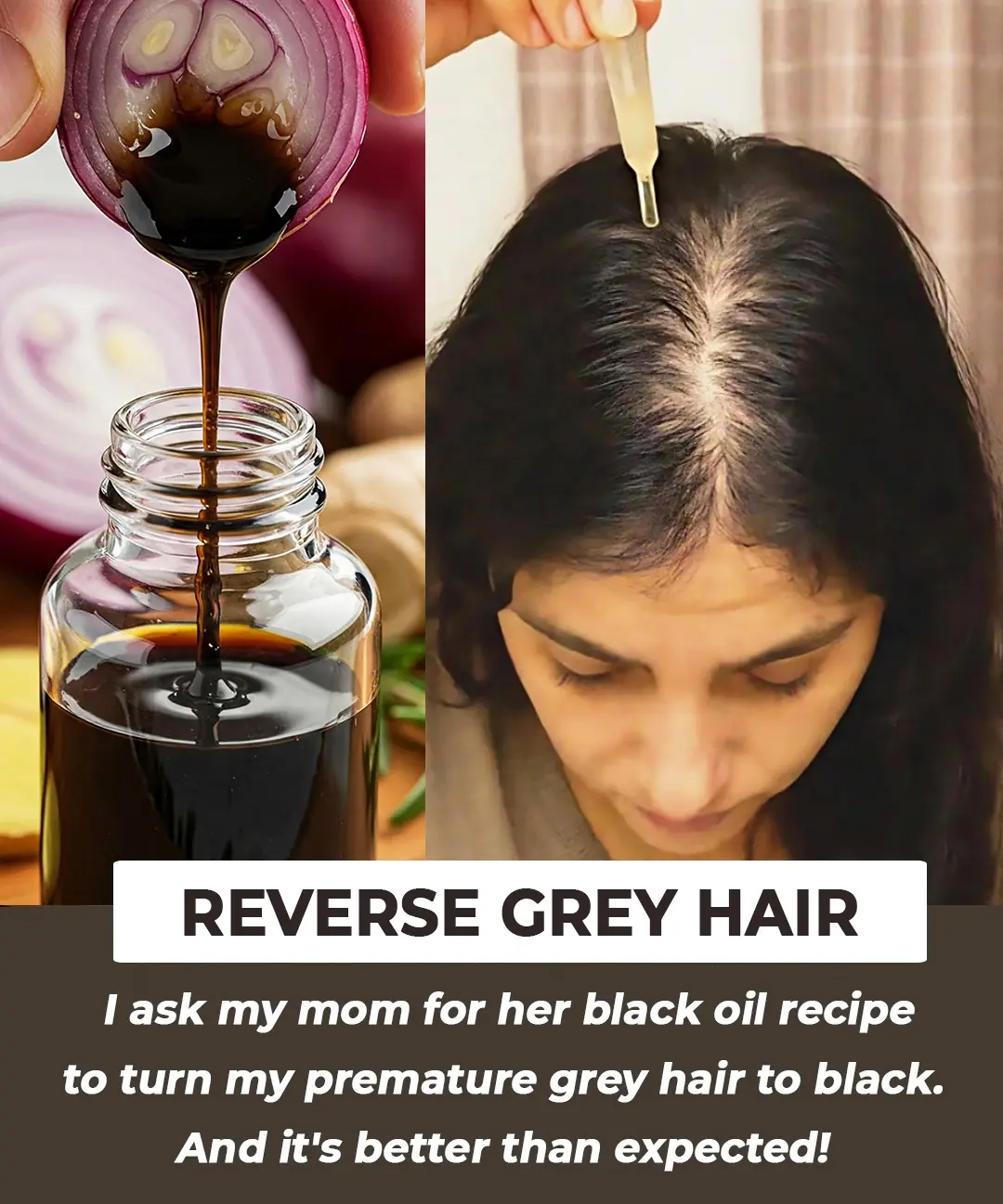
Reverse Hair Greying Naturally: Effective Treatments and Remedies for Restoring Hair Color
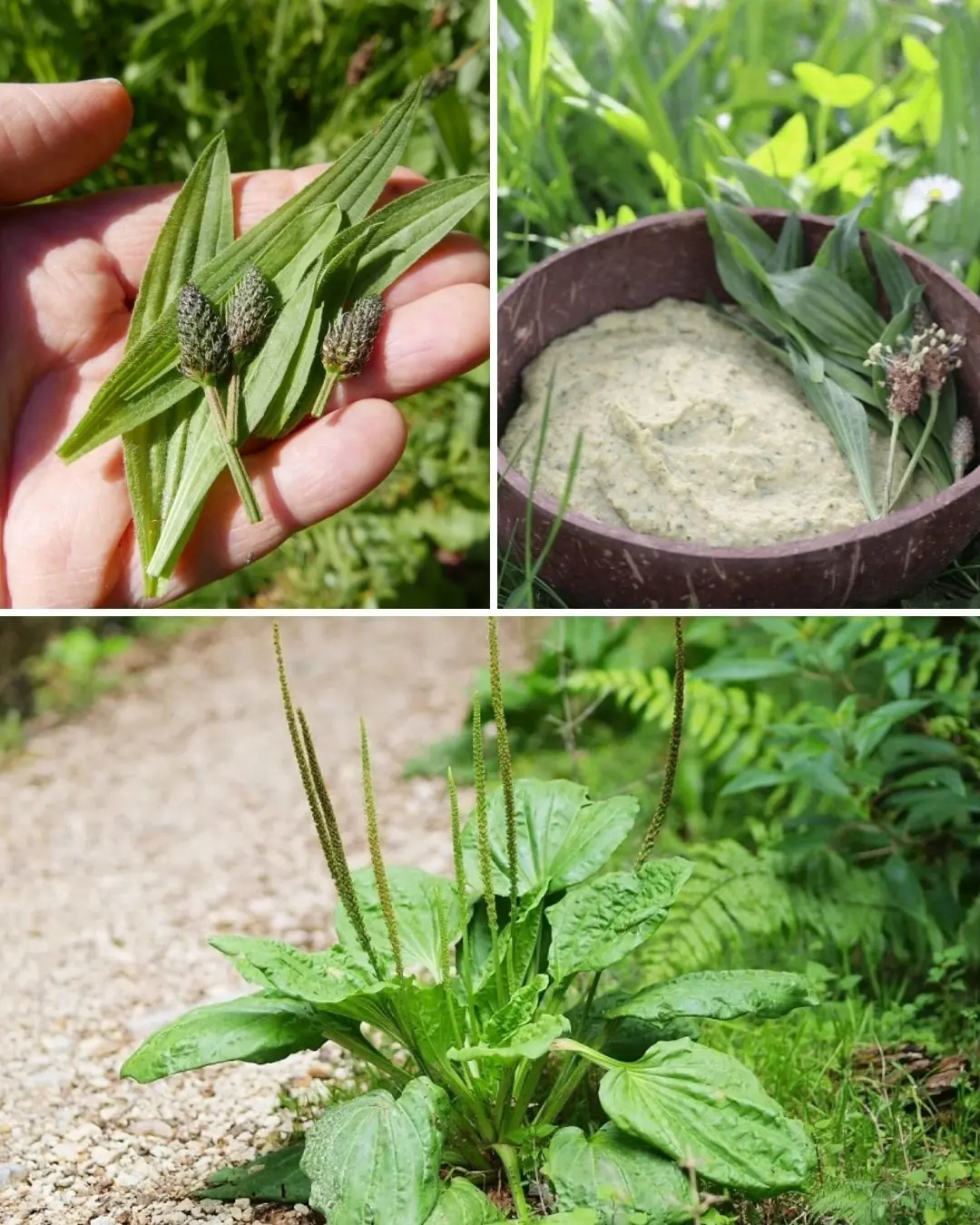
The Incredible Benefits of Plantago lanceolata and How to Use It

CCF Detox Drink For Glowing Flawless Skin

Exploring the Health Benefits of Common Mallow: A Nutritional Powerhouse

Cyperus Rotundus: The Ancient Herb with Modern Healing Power
